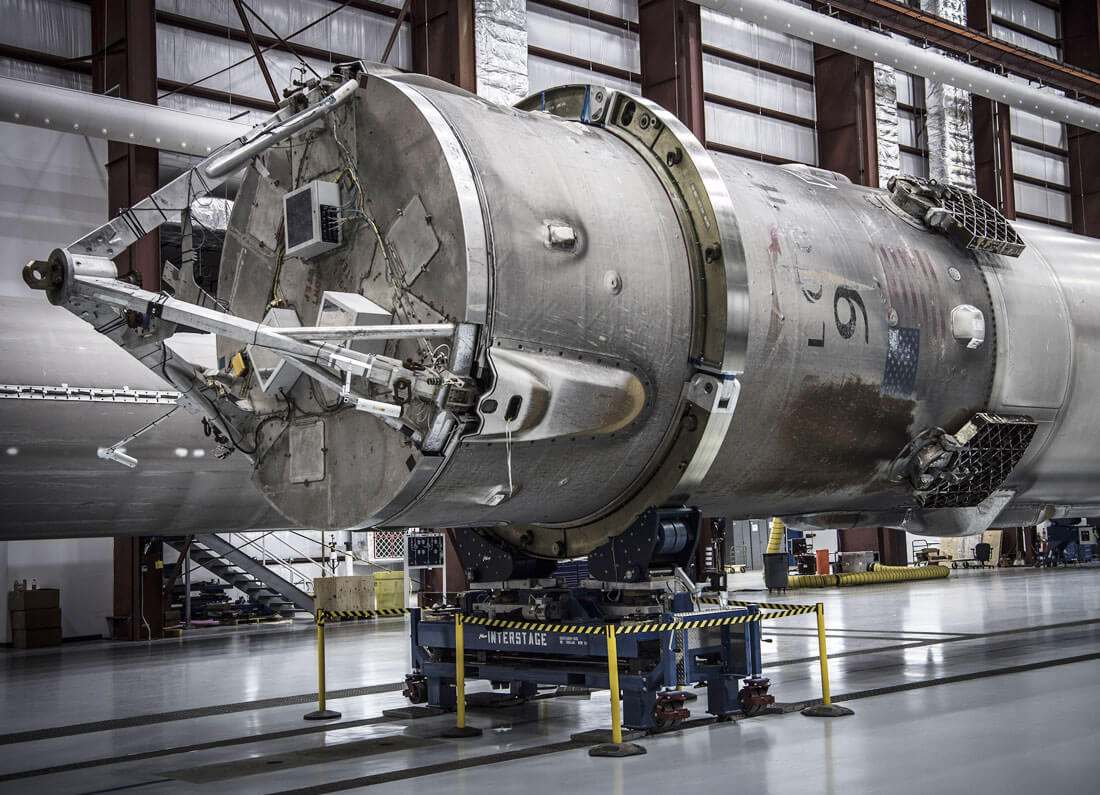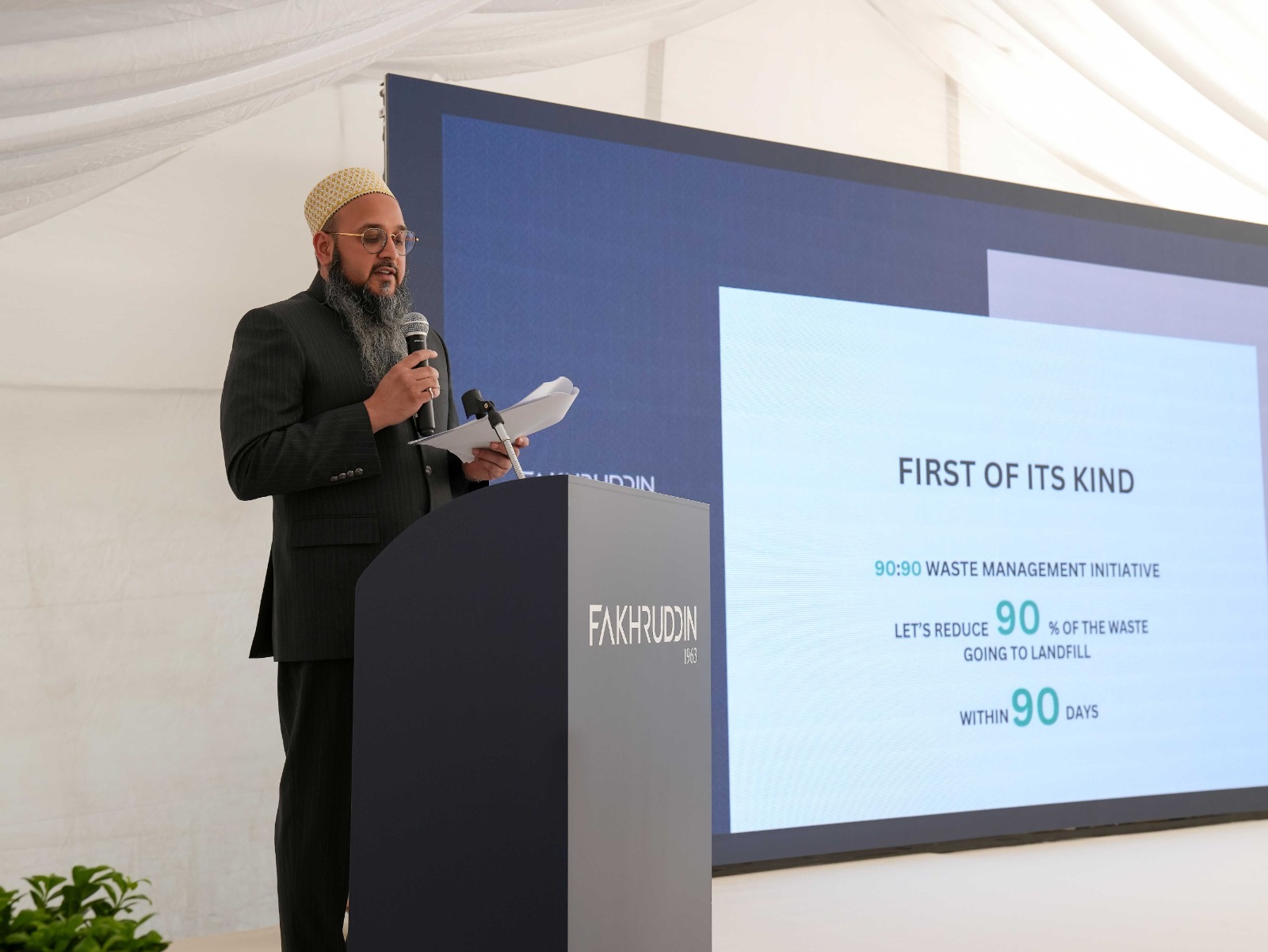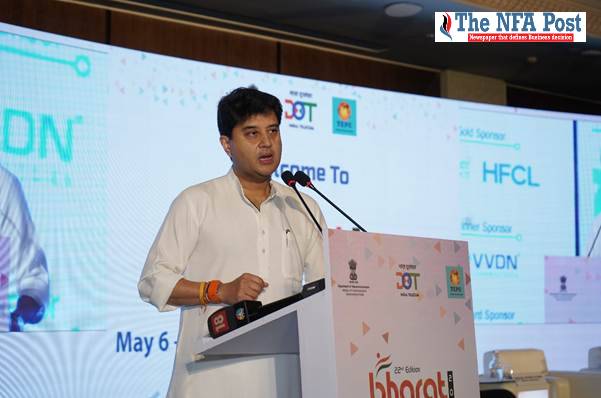Mumbai, NFAPost: Union Minister of State for Steel Bhupathiraju Srinivasa Varma reaffirmed the government’s resolve to enable a resilient raw material ecosystem through progressive policies and public-private collaboration.
“We need to focus on 3 pillars- first, Geopolitical partnerships for diverse sourcing of raw material. This will ensure high quality supply for our producers. Second, Circular economy to maximize scrap and by products. As steel is recyclable such practices will help both from environment perspective and reduces our reliance on primary raw materials, and third, breakthrough in R&D to unlock domestic reserves,” said Bhupathiraju Srinivasa Varma.
Ministry of Steel Secretary Sandeep Poundrik said at present India has 200 mn ton production capacity and aspires to create 300 mn tons capacity by 2030.
“To add further 100 mn ton of capacity, our iron ore requirement will go to about 450 mn tons, coal requirement will go to about 160 mn tons. Ministry of mines is already working on a proposal to incentivize beneficiation,” said Ministry of Steel Secretary Sandeep Poundrik.
Ministry of Steel former secretary Aruna Sharma said that beneficiation is very important to use the low quality of iron ore. She expressed concern over low usage of mineral at national level.
NMDC Chairman and Managing Director Amitava Mukherjee said that the increasing extraction of iron ore to meet domestic demand necessitates the effective utilization of low-grade iron ore.
“This approach is essential for maintaining cost control and ensuring raw material security,” said NMDC Chairman and Managing Director Amitava Mukherjee.
Russian Federation Ministry of Energy and Coal Industry Development Department Director Bobylev Petr said at the outset of the century the coal consumption worldwide was not more than 4.5 billion tons and last year it amounted to 9 billion tons per annum which shows more than double fold increase.
“Today we see that one third of the overall power output in the world is produced using coal, 75% of the steel around the world is manufactured using coal energy and 90% cement manufactured using coal,” said Russian Federation Ministry of Energy and Coal Industry Development Department Director Bobylev Petr .
In 2021 the ministry of steel, government of India and ministry of energy of the Russian federation on the side-lines of the Russian energy week in Moscow signed a memorandum of cooperation and understanding setting the goal to increase the supply coking coal from Russia to India 240 mn tons.
During the day, a ‘Round Table Interaction focused on the secondary steel sector and its future path’ was held. The session featured distinguished speakers including Deloitte Associate Director Anwesh Majumder, Material Recycling Association of India President Sanjay Mehta, National Institute of Secondary Steel Technology Director Paramjeet Singh, SMS Group APAC & MEA Region COO Stefano Pari.
The keynote address was delivered by MECON Chairman and Managing Director S K Verma. Another significant session, Country Round Table on Raw Materials, Diversification, and Security, featured insights from Sanjay Singh, Rajib Maitra, Partner, Deloitte; Sanjay Roy, Joint Secretary, Ministry of Steel, Government of India.
“India steel-2025” 3 days conference cum exhibition concluded with a panel discussion on digital technology and steel industry with respect to steel making and digitalization. This panel discussion addressed by Amarendu Prakash, Chair FICCI steel committee and Steel Authority of India Ltd Chairman, Ministry of Steel Joint Secretary Vinod Kumar Tripathi, Ripik.Ai Founder & CEO Pinak Dattaray, SMS Group APAC & MEA Region COO Stefano Pari, Ronmas GmbH Founder & CEO Joern Arndt. Session was moderated by Deloitte Partner Abhrajit Ray.
The 3-day ‘India Steel 2025’ event, jointly organized by the Ministry of Steel and FICCI, concluded on a high note with an overwhelming response from Indian and international participants and exhibitors. The exhibition saw the participation of over 1,000 delegates, over 200 exhibitors and featured 9 sessions which included over 150 speakers from India and other countries, including the inaugural session, 5 paper presentations, and 14 roundtable discussions covering key subjects, states, and countries. A total of 3 Memoranda of Understanding (MoUs) were signed during the event, highlighting the growing opportunities and collaborations within the steel sector.
















Leave a Reply